|
Zoological
and Botanical Gardens
The LCSD manages more than 1,370 parks and gardens of various sizes. Among these, there are 22 major parks including the Hong Kong Zoological and Botanical Gardens (HKZBG).
Despite its urban environment, the HKZBG is a 5.6 hectare 'green lung' overlooking Central District, providing a viable conservation centre for 17 endangered species of mammal, bird and reptile. The bird collection is one of the most comprehensive in Asia, with over 450 birds of 160 species. More than 15 of these species have reared offspring. The mammal collection specialises in primates, with 65 exhibits representing 20 species.

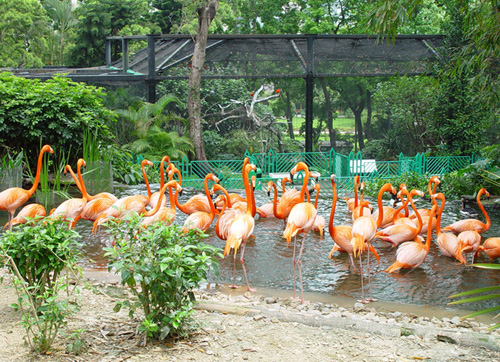 |
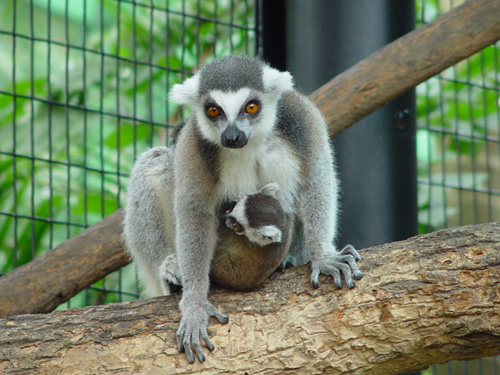 |
 |
 |
 |
 |
 |
 |
 |
American Flamingoes and Ring-tailed Lemurs are among the favourite 'stars' for visitors to the Hong Kong Zoological and Botanical Gardens. |
 |
 |
 |
 |
|
 |
 |
 |
|
 |

Trees, shrubs, creepers and foliage of more than 750 plant species thrive in the gardens, while the medicinal plant collection established in 1987, and a greenhouse built in 1993, continue to generate particular interest. These facilities contain about 500 species of herbs, orchids, ferns, bromeliads, and carnivorous and indoor plants.
There are continuous programmes to upgrade the animal enclosure and facilities.
Zoological collections are also housed in Hong Kong Park, Kowloon Park, Tuen Mun Park and Yuen Long Park.
Tree Planting and Preservation
Implementation of the department's ambitious tree-planting programme continued with the planting of some 22,000 trees. Most were planted in the rainy season (March to October) to ensure establishment and growth of the plants. Seventy per cent of the trees were planted in the New Territories and the balance in urban areas, with some 18,700 trees planted along roadsides and 3,300 in parks and gardens.
In the past, trees were planted for functional purposes to provide shade, screening, soil protection and conservation, which formed a good basis for greening the environment. However, the emphasis of this year's programme was also aesthetic. About 17,600 flowering trees including Bauhinia, Delonix, Erythrina, Jacaranda, Lagerstroemia and Spathodea were planted to provide a greater visual impact and strong seasonal colours.

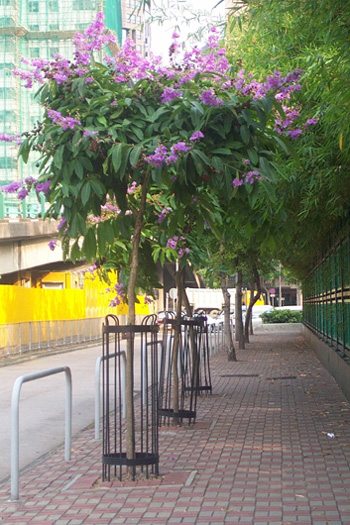 |
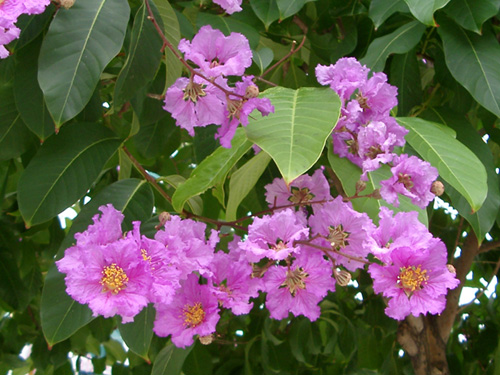 |
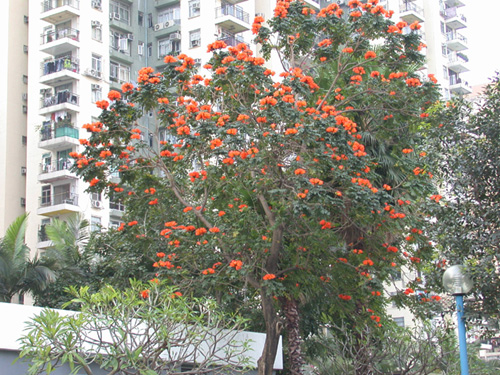 |
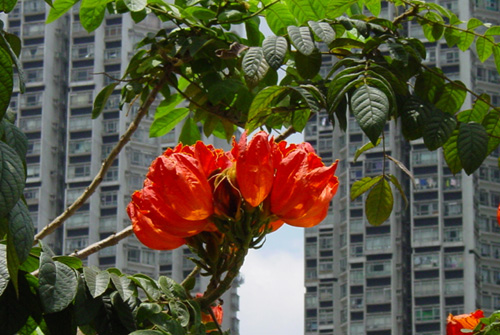 |
 |
 |
 |
 |
 |
 |
 |
Flowering trees add a splash of colour to the environment. |
 |
 |
 |
 |
|
 |
 |
 |
|
 |

The trees are regularly watered, pruned and given fertiliser to ensure healthy growth, while weeds are removed and pests controlled.
The increased tree cultivation has prompted the department to establish a computerised tree inventory system to enhance the management and maintenance of Hong Kong's great variety of trees. In fact, the department has drawn up a register of old and valuable trees on government land to strengthen its efforts in preserving and protecting the trees.
Zoological and Horticultural Education
The zoological and horticultural education programmes for school groups again proved very popular. Some 15,000 primary students from 598 schools participated in the zoological projects, and 11,800 students from 317 schools were involved in the horticultural programmes. Additionally, 19 conservation courses were held for 531 Girl Guides, while 21 horticultural courses organised for the public were attended by some 650 enthusiasts.

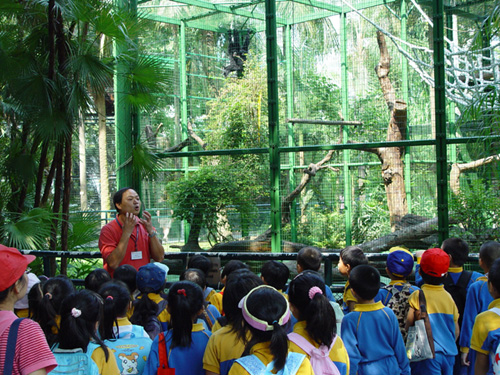 |
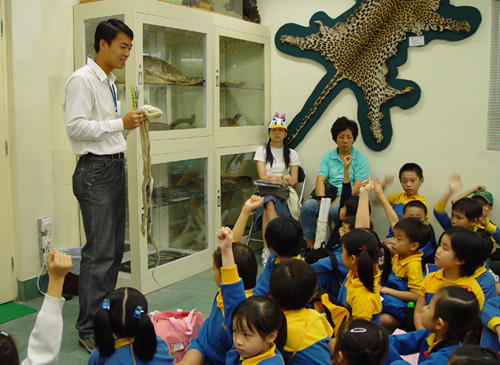 |
 |
 |
 |
 |
 |
 |
 |
Educational programmes are a regular feature for students visiting Hong Kong Park and the Zoological and Botanical Gardens. |
 |
 |
 |
 |
|
 |
 |
 |
|
 |

An exhibition at the Hong Kong Zoological and Botanical Gardens in November to promote butterfly watching in urban parks attracted 6,800 people of all ages. Roving exhibitions were also held at Hong Kong Park, Kowloon Park, Tuen Mun Park, Yuen Long Park and Tai Po Waterfront Park.
Outreach promotional programmes embracing 17 events, including horticultural talks and demonstrations, were introduced to schools and voluntary agencies. All received encouraging feedback.
Horticultural and Landscape Services
As the LCSD is responsible for improving the urban environment and overall landscape, the latest horticultural and arboricultural information has been collated to update relevant policies and guidelines. The department also regularly reviews its practices to achieve high management and maintenance standards for community amenities.
As part of the greening of Hong Kong, the department closely monitors the implementation of master tree-planting plans in all districts. Emphasis is placed on preserving existing trees, nurturing new ones and carrying out tree plantings on development sites. During the year, more than 2,500 trees were successfully preserved.
The department is also responsible for vetting the landscaping of all new public works projects to ensure maximum planting and high quality landscape works are provided. During the year, improvements to the landscape were made on 31 hectares of existing LCSD venues and roadside amenities.

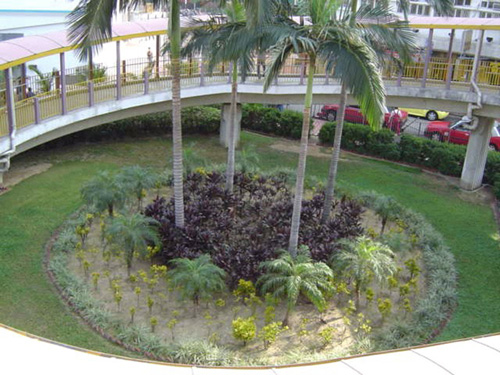 |
 |
 |
 |
 |
 |
 |
 |
 |
'Before' and 'after' a roadside beautification project. |
 |
 |
 |
 |
|
 |
 |
 |
|
 |
|